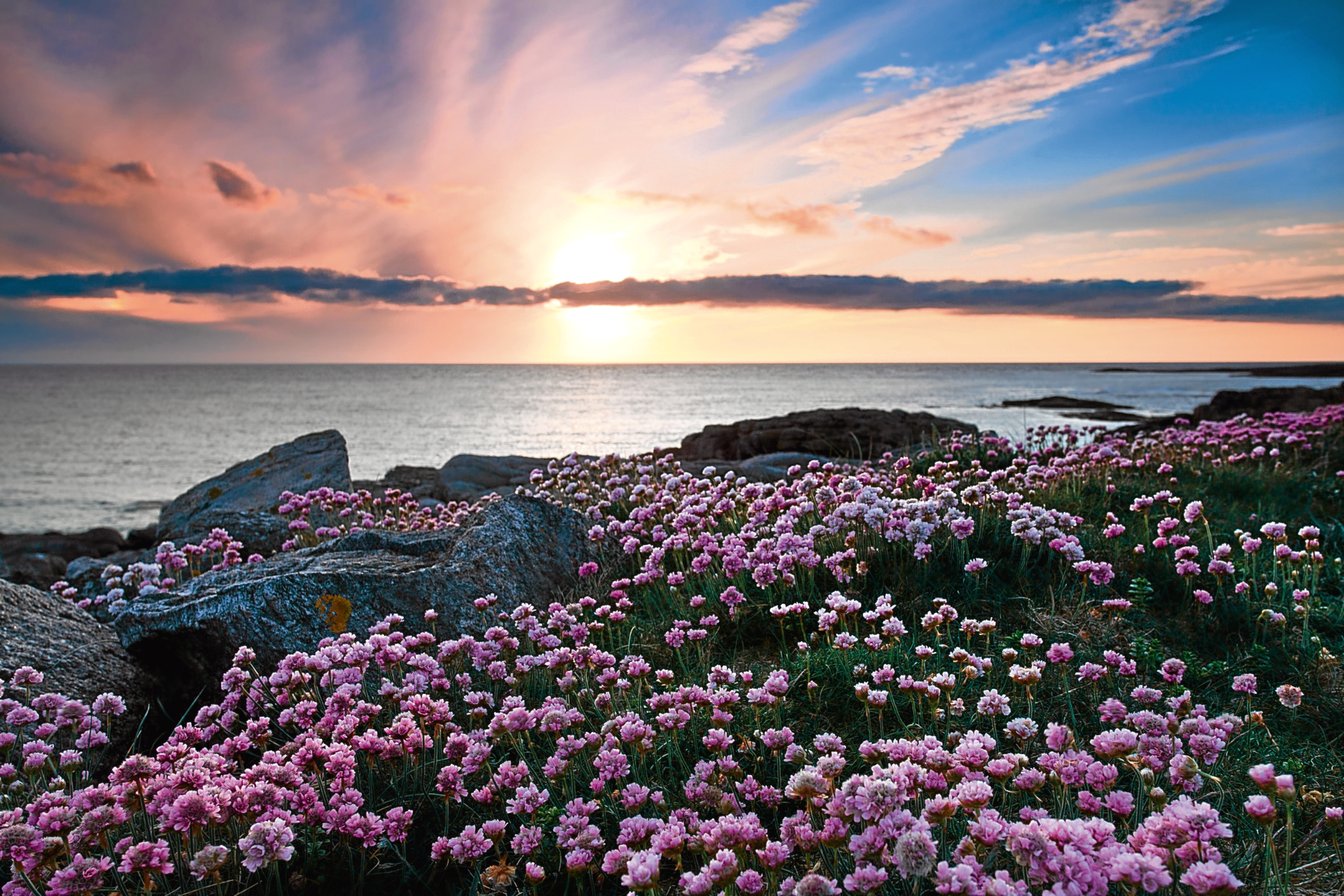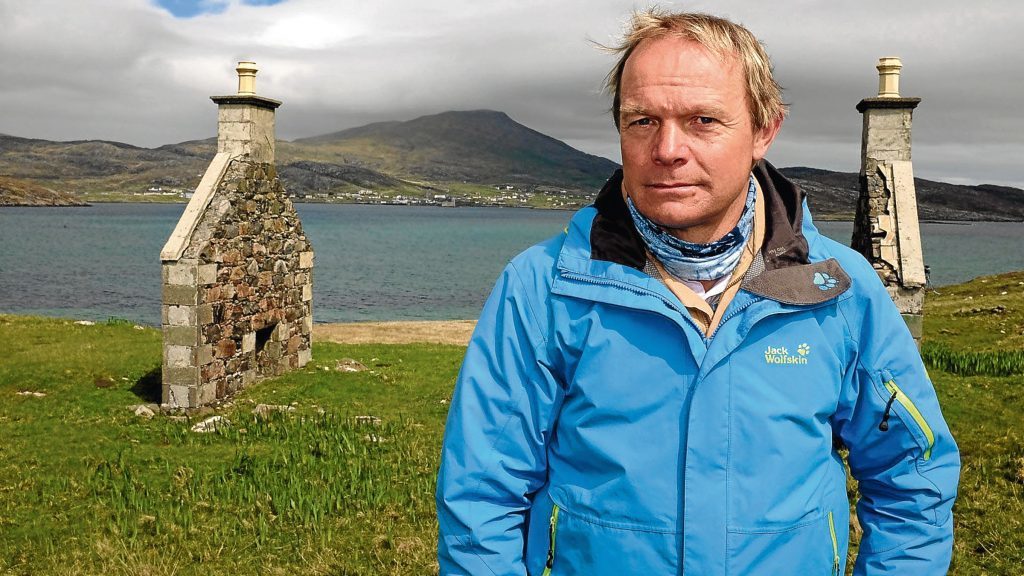
PAUL MURTON, presenter of BBC One’s Grand Tours, has sailed to more than 80 islands. His book, The Hebrides, published this month, recounts his experiences off Scotland’s west coast. He tells Tracey Bryce the Honest Truth about the islands’ culture and history.
What are your earliest memories of The Hebrides?
I was about five or six when my parents started camping near Kilmory on Loch Sween. I have vivid memories of the sun setting behind the Paps of Jura. All the islands and skerries seemed to float in the reflected light of the dying sun – a romantic image that has stayed with me.
Why are the islands so special?
Islands are at the heart of Scottish culture. Some of the earliest people to inhabit Scotland built homes and communities on them. Our ancestors crossed the wild seas in boats big enough to colonize an island. The communities they established have endured for centuries.
Tell us about some of the hidden gems in The Hebrides?
A treasure trove is waiting to be discovered, whether it’s pristine beaches or amazing views from mountain tops. A couple of glorious beaches on the north end of Mull, close to where my mother-in-law once lived, will always have a place in my heart.
From the white shell sand of the beach, I used to soak up the magnificent views of Ardnamurchan, the Small Isles of Muck, Eigg, Rum and Canna, and the distant Skye Cuillin.
And about some of the lesser-known islands?
Some are islands no longer, having been joined to larger islands or to the mainland by bridges and causeways.
Berneray only ceased to be an island in the ’90s. In the ’80s, The Prince of Wales escaped there to live a crofting life and to learn Gaelic.
Anything the islands are famous for?
Wild flowers on the machair, peat smoke, Bonnie Prince Charlie and Flora MacDonald, whisky, CalMac ferries, the Gaelic language, the hospitality of the people, the rasping call of the corncrake that will keep you awake on summer nights, fickle weather – and midges!
Any interesting facts we might not know about the Hebrides?
Inch Kenneth is perhaps most famous for being the holiday home of the Mitford family, whose children reached fame and notoriety. Unity Mitford fell in love with Adolf Hitler, who called her his “English Rose”.
When Britain declared war on Germany in 1939, she was so distraught that she shot herself in the head. She survived and was sent home by Hitler to convalesce with a bullet lodged in her brain. She spent the last few years of her life in exile, conducting imaginary services in the ruined chapel, staring out to sea. In 1948, she contracted meningitis and was taken to hospital on the mainland where she died with the bullet still in her brain, aged just 34.
What have been some of your best experiences travelling?
I was lucky enough to make the perfect landfall on Coll. I was helping a friend sail his old yacht from Tobermory to the waters west of Mull.
We found ourselves off the coast of Coll, drifting among the largest shoal of basking sharks I’ve ever seen. There must have been about 20, lazily cruising just below the surface. The nearest was almost as long as the boat: 30 ft.
And some of the worst?
In my early twenties, I joined friends who had hired a yacht for a fortnight of fun on the high seas. Unfortunately none of us could sail, so ours was a steep learning curve. We encountered some wild weather as gales swept in from the North Atlantic. The sea conditions became absolutely mountainous.
Which is your favourite island?
Iona. There is nowhere else like it in the Hebrides, and despite the thousands who make the short crossing from Fionnphort on Mull, the island is bathed in a unique and peaceful atmosphere.

Enjoy the convenience of having The Sunday Post delivered as a digital ePaper straight to your smartphone, tablet or computer.
Subscribe for only £5.49 a month and enjoy all the benefits of the printed paper as a digital replica.
Subscribe